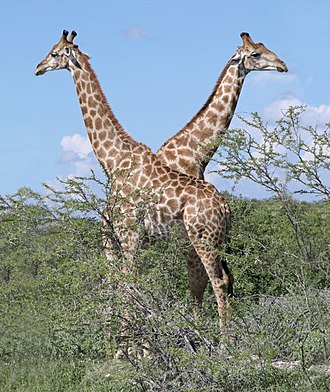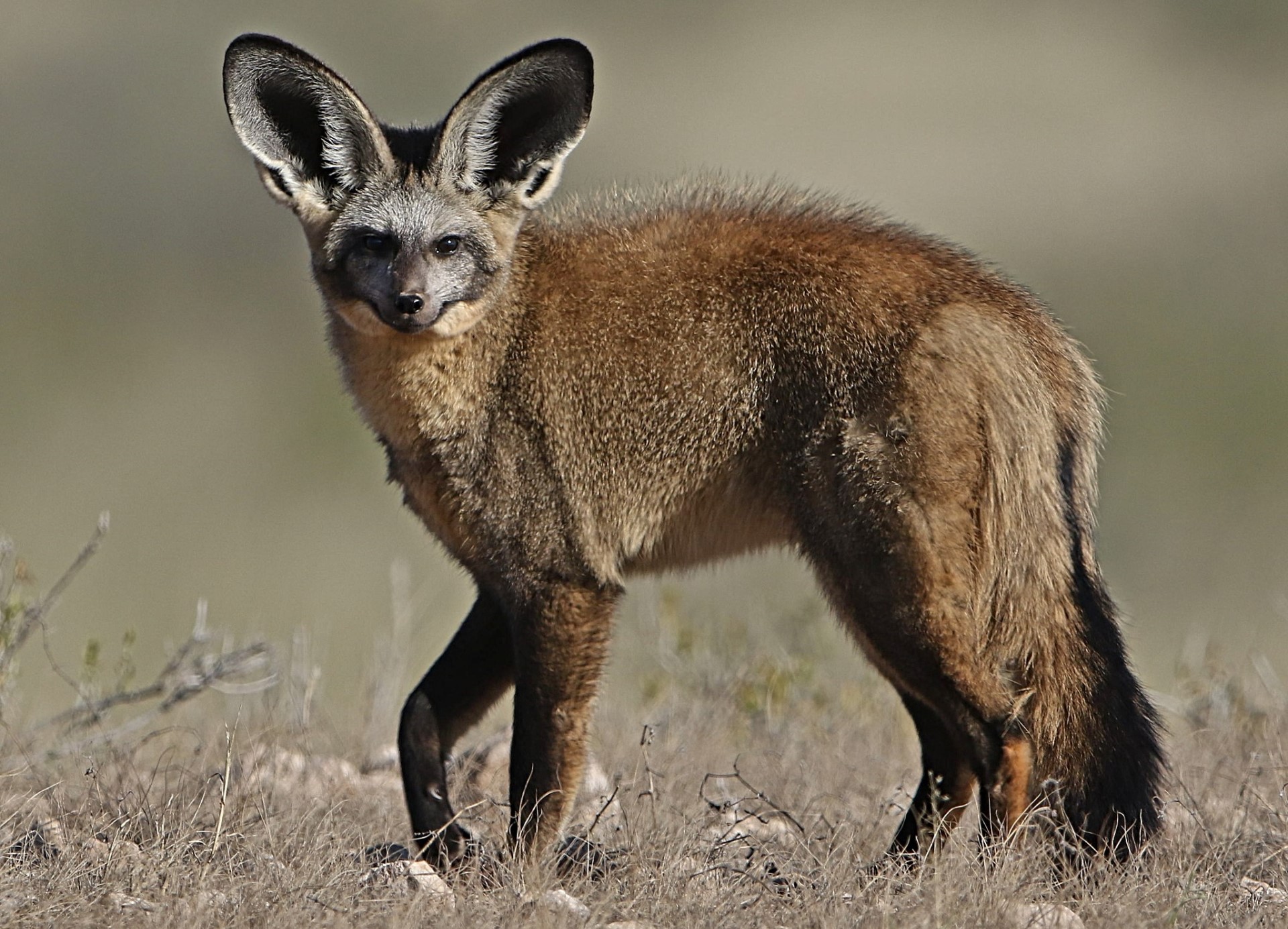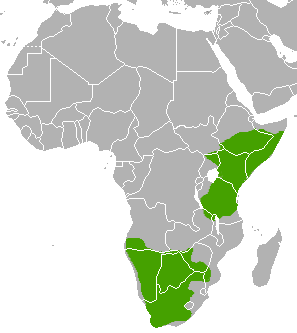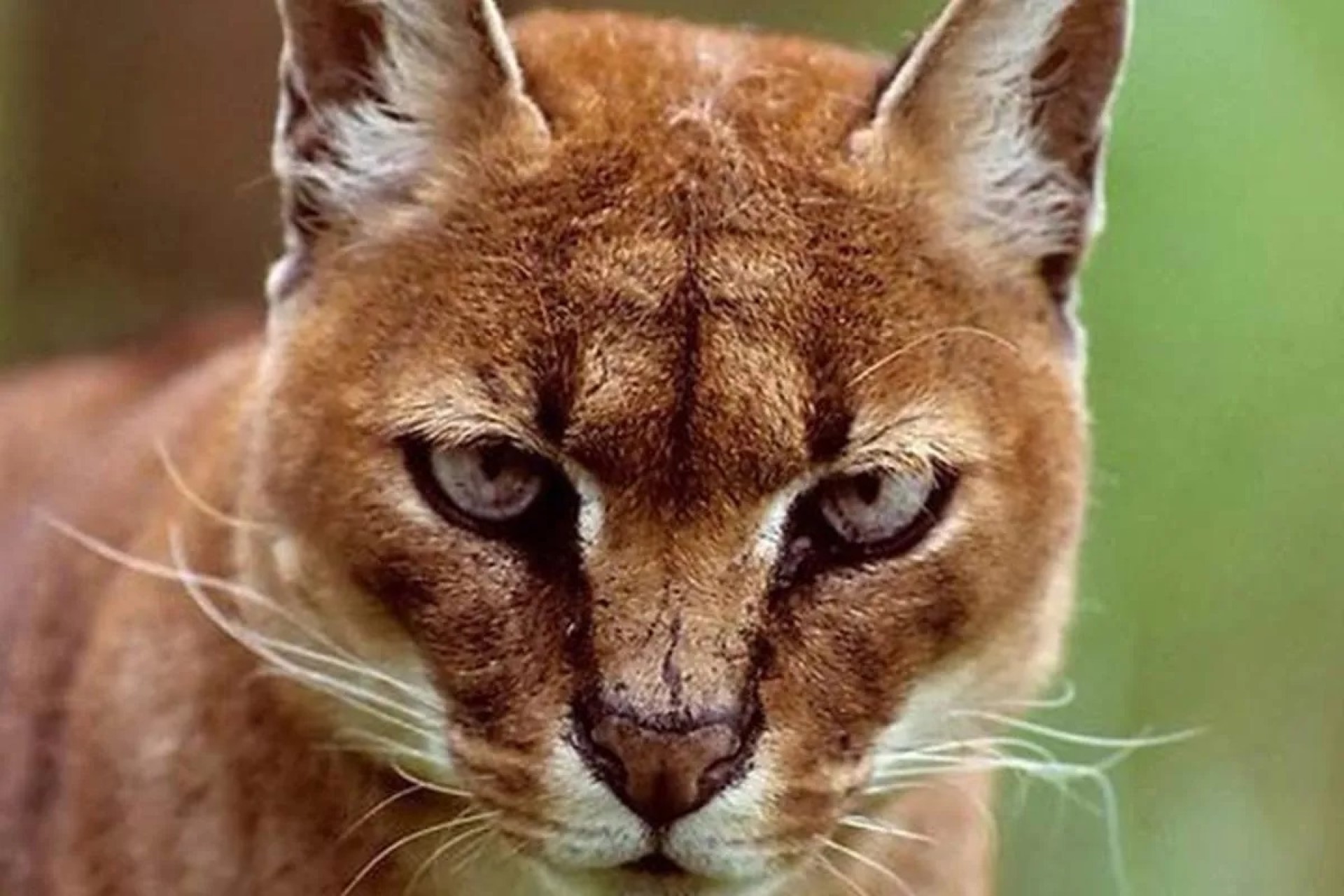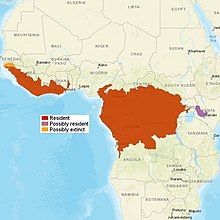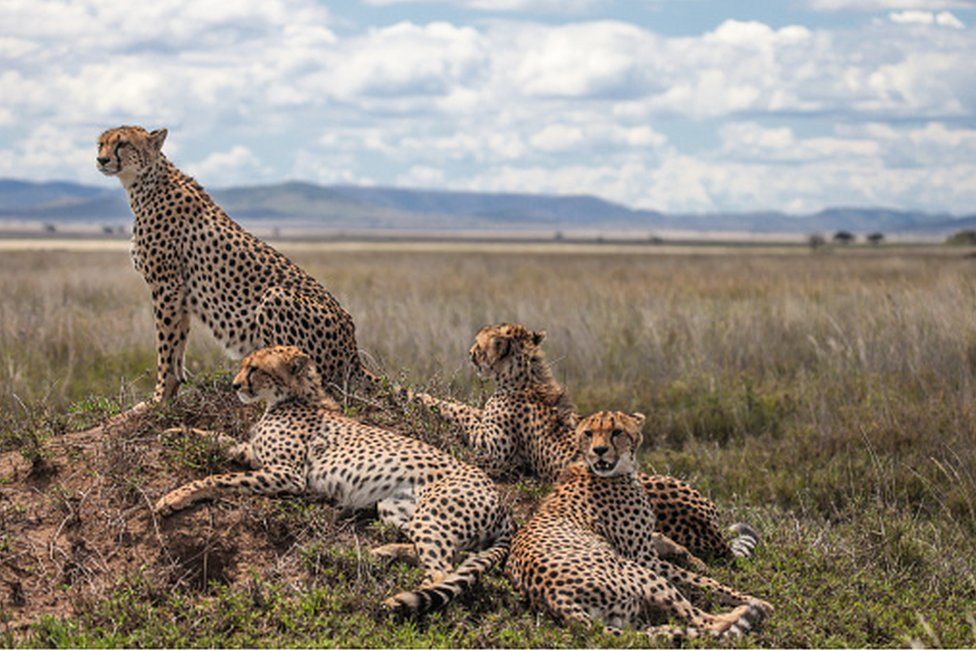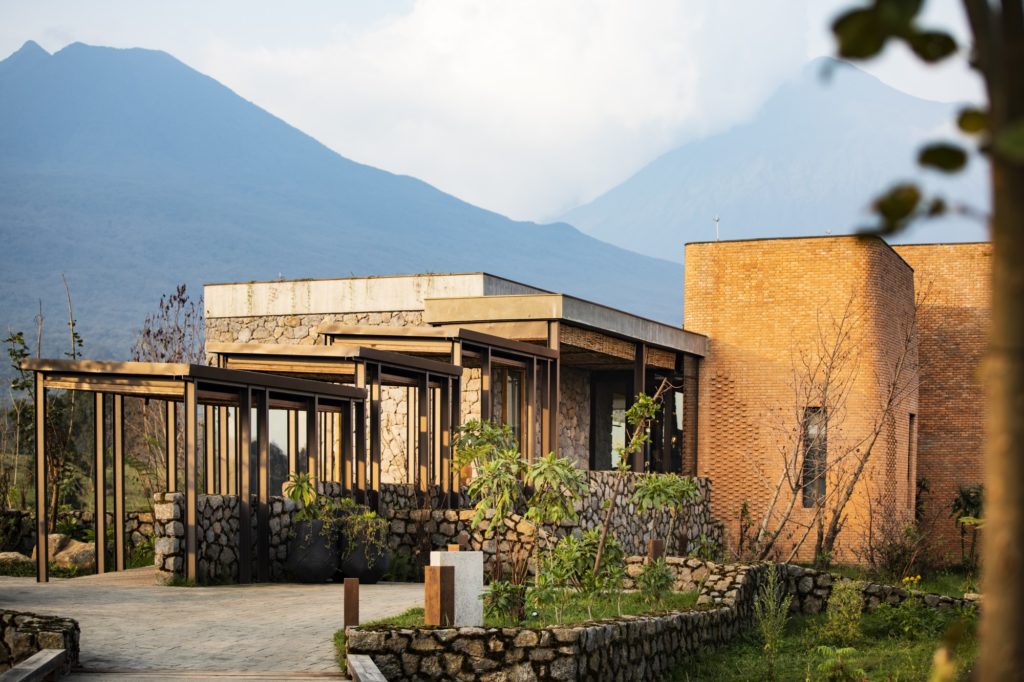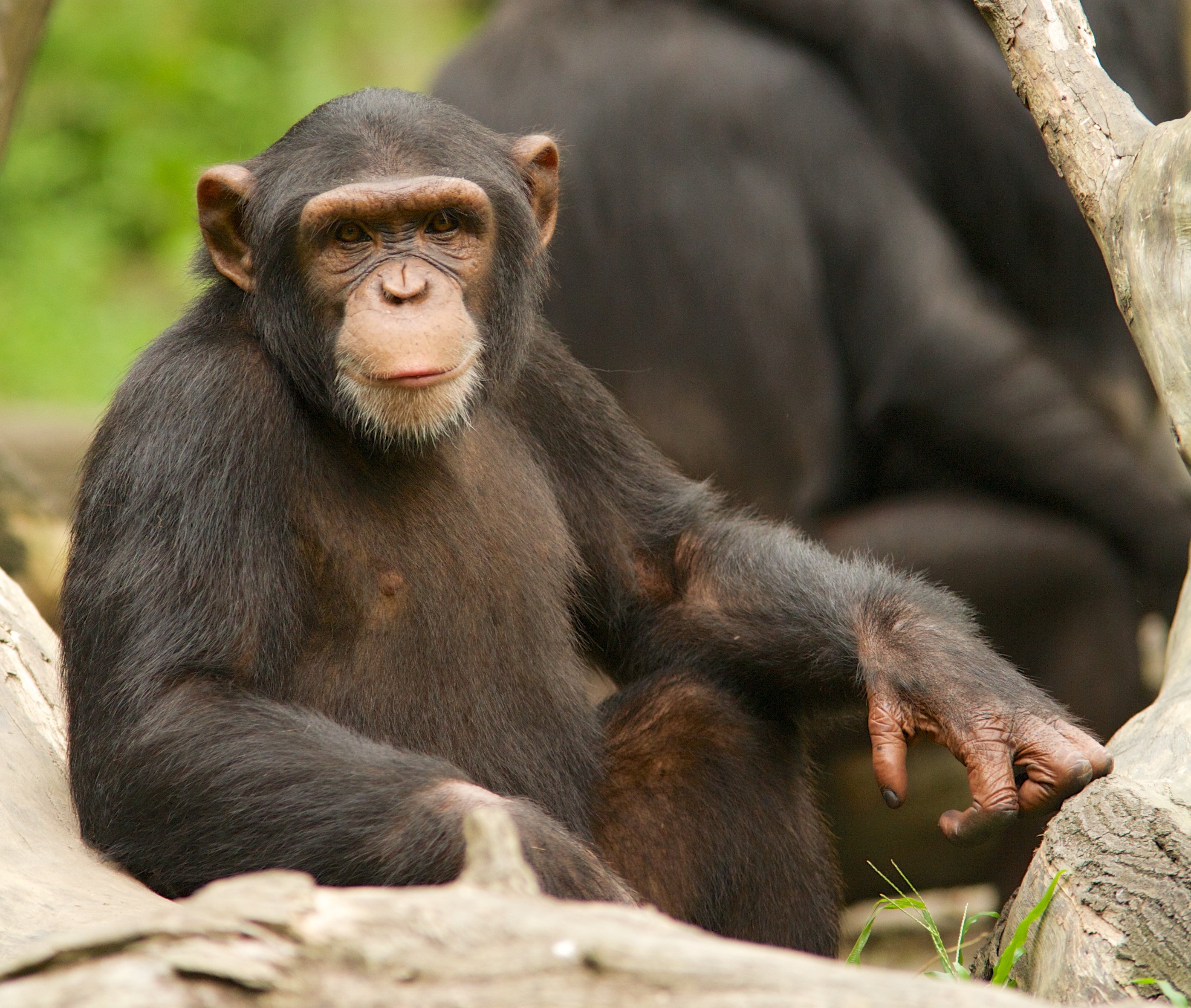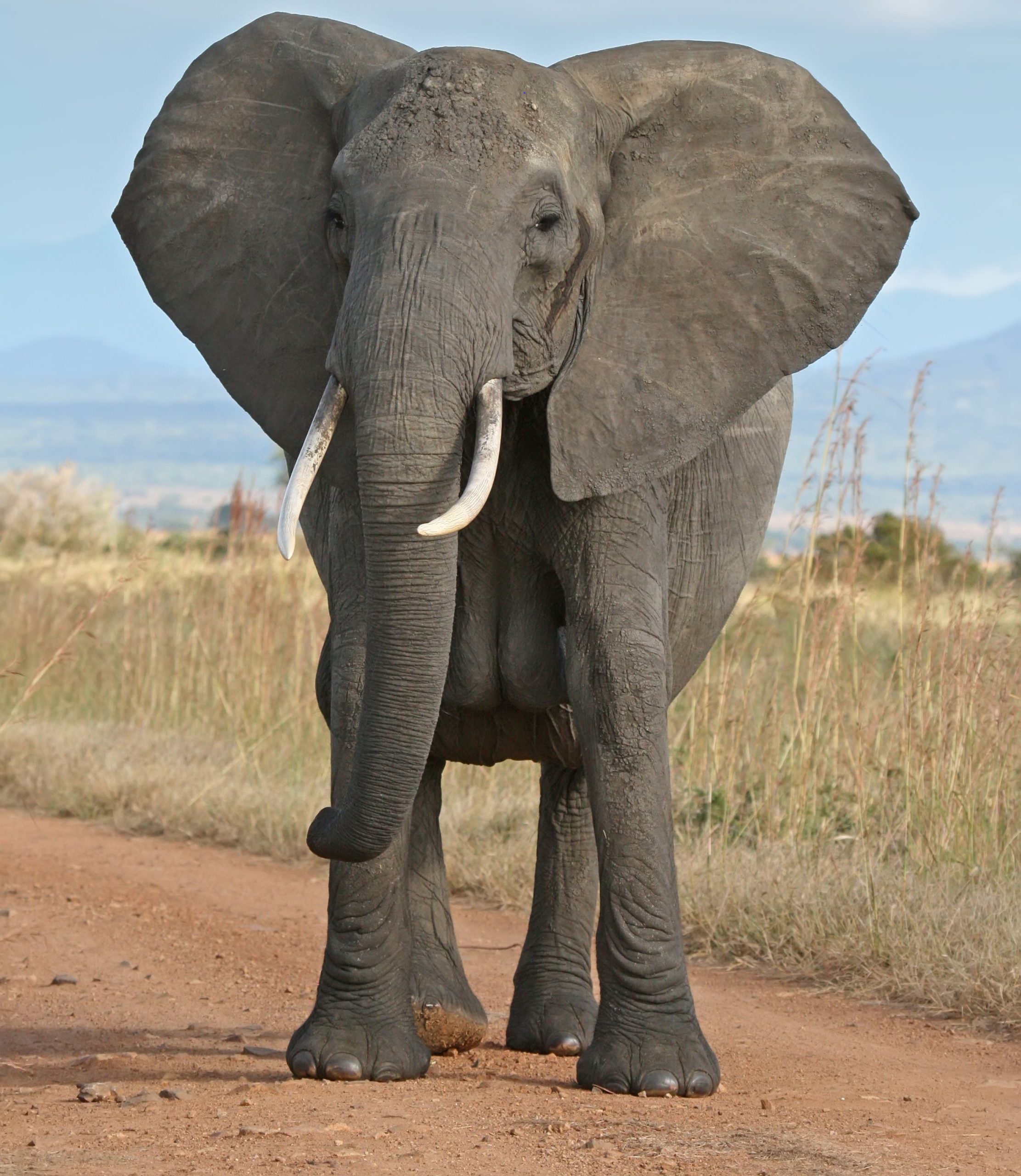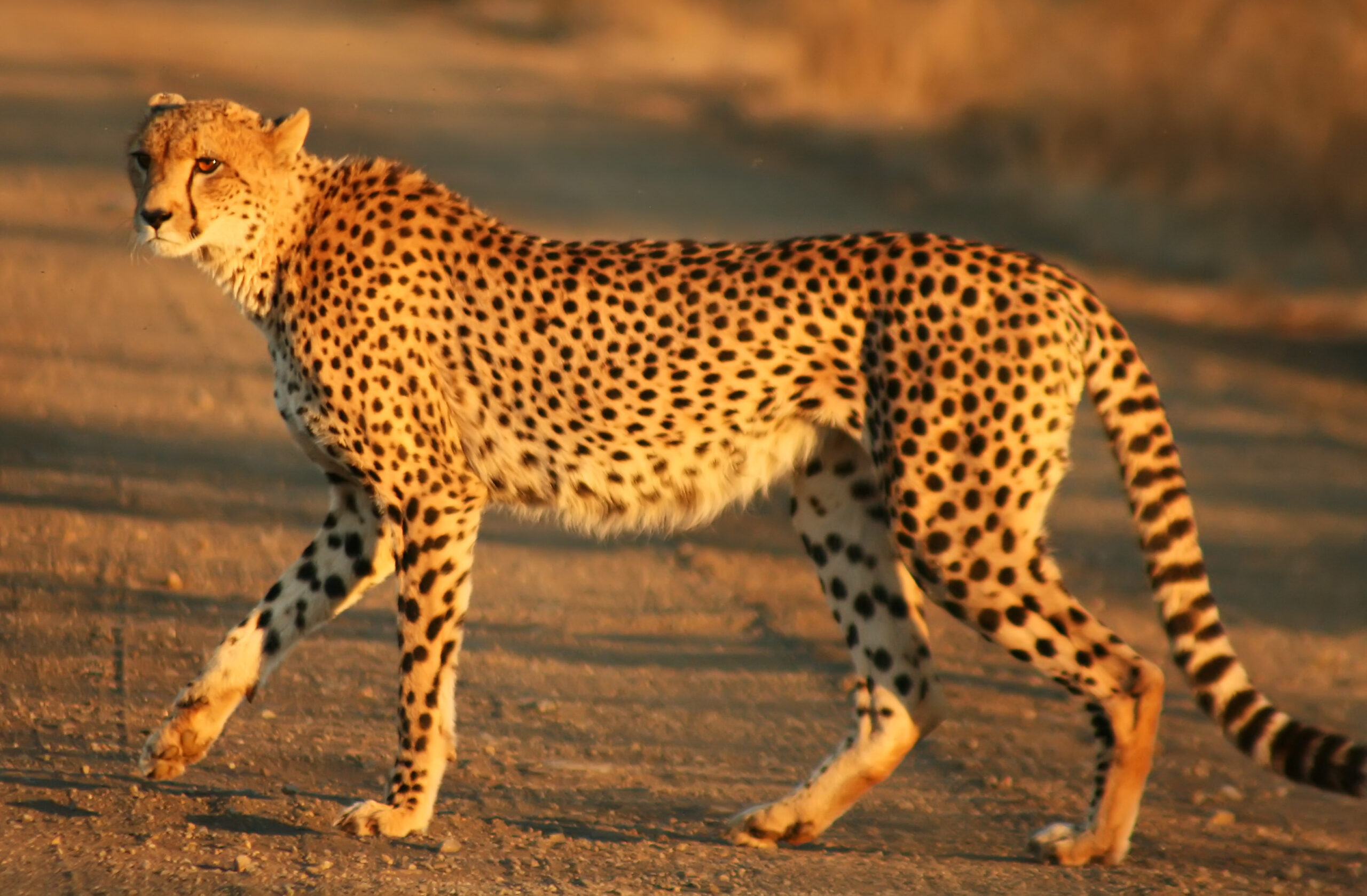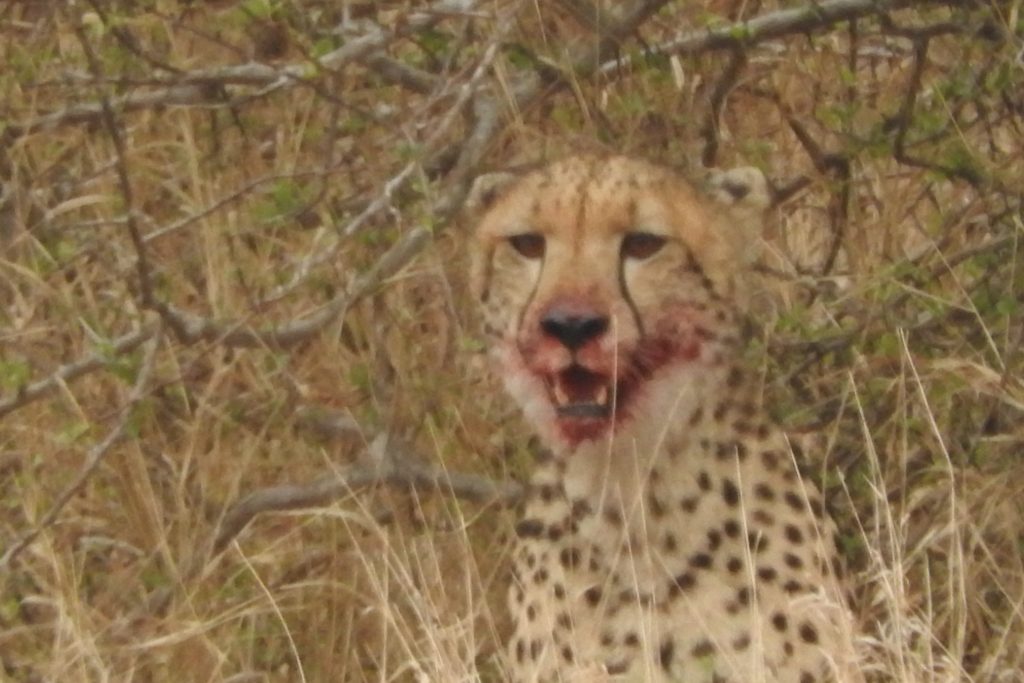Southern Giraffe
The Southern Giraffe (also known as the 2 horned giraffe) is the most numerous, with a population of around 44,000 (out of the remaining 68,000 giraffes that live in the wild).
Their range includes South Africa, Angola, Namibia, Botswana, Zambia, Zimbabwe and Mozambique. Also, with the majority of their population residing in fortress reserves, such as Kruger, this is likely the safest sub-species.
There are 2 subspecies of this giraffe that are recognized.
- Firstly the Angolan giraffe which is found in Northern Namibia, South-west Zambia, Botswana and western Zimbabwe. A 2009 genetic study found that the Northern Namib Desert and the Etosha National park population each form a separate sub species (so are not part of this subspecies) with this subspecies also has a white ear patch. Is found in northern Namibia, south-western Zambia, Botswana, and western Zimbabwe. . Around 13,000 animals are estimated to remain in the wild; and about 20 are kept in zoos.
- The South African giraffe is found in Northern South Africa, southern Botswana, southern Zimbabwe and the south west of Mozambique. It has darker and rounder patches. These patches continue down the legs, getting smaller.
- There are around 31,500 of this sub-species (almost 50% of the wild population) with just 45 in zoos
Are we allowing the silent extinction of giraffes
- Tim
- November 13, 2020
Giraffe survival is in danger: according to the giraffe conservation Foundation giraffe numbers have fallen from 140000 and 80000 in the last 20-years. Yet other organisations suggest that the current number of wild giraffes is only 68000. How can we possibly let such a unique looking animal disappear from the world. Giraffes are a common …...
One of the four remaining viable west African Lion habitat has been badly treated but perhaps it is now on the mend.
- Tim
- May 22, 2022
West African lions are heavily endangered with just 400 members remaining. While the west African population of the Asiatic lion is less at risk than the Gir forest population – being spread over 4 unconnected sites, it would be impossible for an epidemic to wipe out the whole population, or indeed some sort of freak …...

